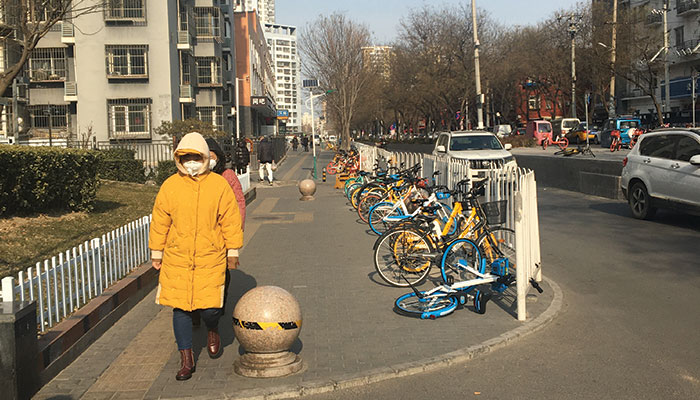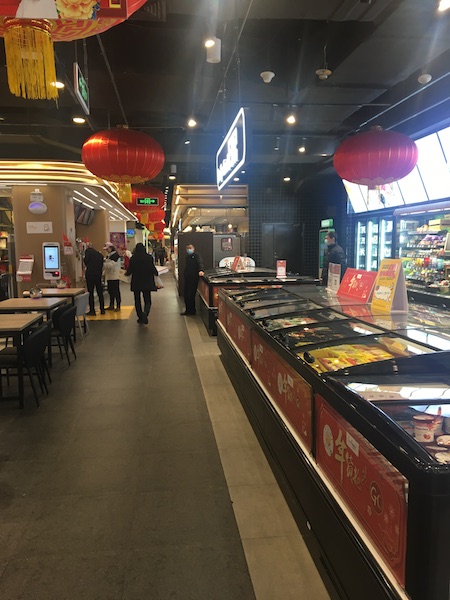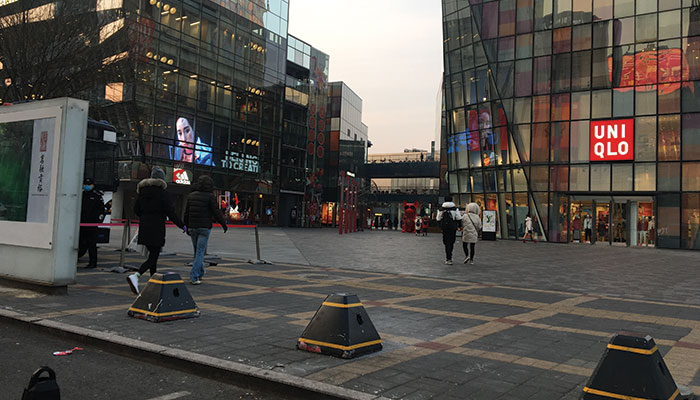I’m a Harvard Business Review China journalist based in Beijing, and I grew up in this city. In 2003, I survived the outbreak of SARS while preparing for my college-entrance examination. Many people’s lives were permanently changed because of SARS, including my own. I certainly didn’t expect that, 17 years later, I would witness another outbreak of coronavirus more serious than SARS again in my hometown.
What follows is my own account, from a mainland Chinese perspective, of how the virus started, how information about it spread online, and how we’re living now in Beijing.
You can follow our live updates here. Current outbreak status:
- China in total: 2,762 confirmed cases; 5,794 suspected cases; 80 deaths; 53 cured;
- Hubei Province: 1,423 confirmed; 76 deaths; 44 cured
- Beijing: 68 confirmed; 2 cured
- Shanghai: 53 confirmed; 1 death; 1 cured
As I write this blog on the morning of Jan 27th, life in Beijing this week is mostly similar to how it normally is this time of year — but things are a little bit different in noticeable ways, thanks to the epidemic.
For instance, every year most migrant workers return to their hometowns outside of Beijing, leaving the city much emptier than usual. (Editor’s note: This is the “great Chinese New Year migration” that we hear about in western press.) Beijing is currently as empty as it normally is, but because of the outbreak it will probably remain emptier for a longer period of time. Normally, Beijing citizens would start visiting their friends and families, and traveling around from the second or the third day of the Spring Festival Holiday. Migrant workers would return to Beijing from the fifth to the tenth day of the Holiday.
But due to the epidemic, this year the National Health Commission just announced that Spring Festival Holiday will be extended to Feb 2nd as a measure to contain the novel coronavirus outbreak. In addition, most parks and new year events got cancelled. Schools have prolonged winter breaks, and the media encourage citizens to stay at home to avoid large groups gathering. As a result, most people just relax at home and follow the updates of the epidemic.
Ninety percent of people on the street are wearing masks, as the publicity about the epidemic intensifies. But otherwise, it is a good period of time for us to rest, relax, and reflect at home before everything goes back to normal.
Supplies are ample and prices are normal.
Here are some pictures taken near my apartment on the Chinese New Year eve:
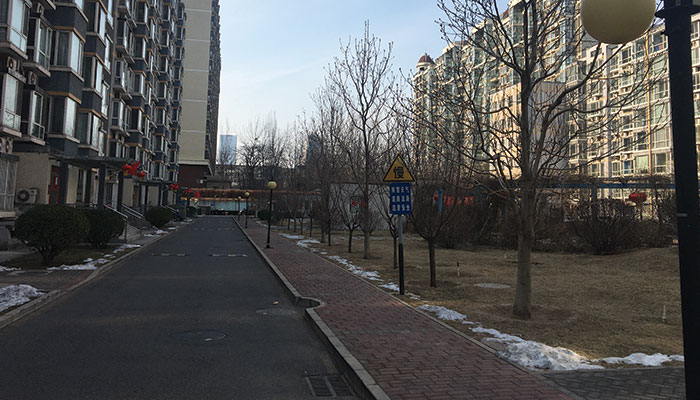
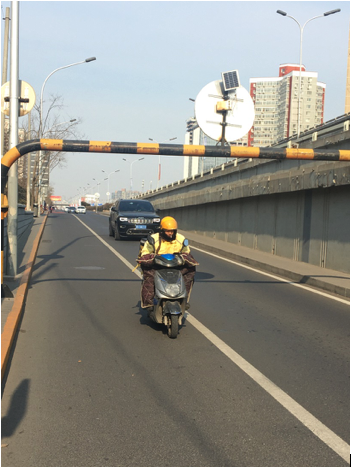
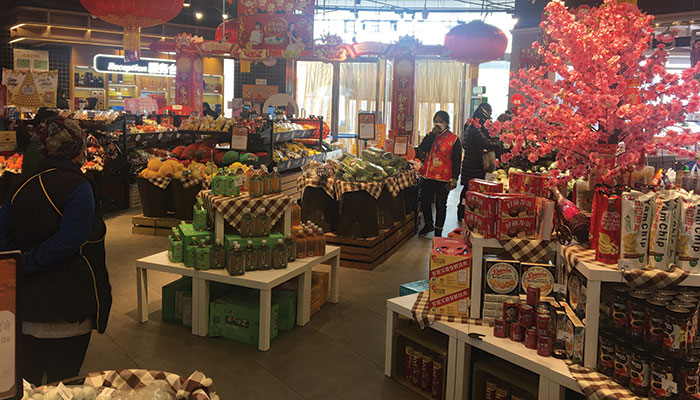
Keeping up with the news
As we wait out the epidemic indoors, most people are attached to their phones for the latest virus news. Thanks to the booming development of the mobile Internet and social media in China, there are numerous official and unofficial media channels that we’re getting outbreak news from. National press releases, personal blogs on digital media platforms, and real-time updates of the disease are all going out 24/7 on our news feeds.
More: Social media is likely part of the reason China locked down travel so quickly and harshly
However, between the ubiquitous press censorship, the for-profit bloggers who thrive on sensationalism, and the forums large and small that are owned by different interests groups with different agendas, I have to be very cautious about filtering out myths and rumors from facts.
Fortunately, there are many media and medical professionals among my contacts, and they share, post, and retweet opinions daily, which helps me a lot with filtering the signal from the noise. So, social media can be a great thing if you’re following the right people.
Here are examples of what citizens are seeing on social media:
The sources where most people are getting their info from:
- Wechat is the most popular social media platform in China. It’s a combination of Twitter, Skype, and Facebook. Posts critical of local and national governments can be deleted fast there, since it is under scrutiny by the Chinese government (aka the Cyberspace Administration of China).
- Douban forum. Similar to reddit, where many everyday people post opinions and stories. But it does require some critical thinking and good judgement.
- Caixin Media: First-hand, in-depth reports with correspondents based in Wuhan (respect for the brave!) Their reporters also posted on Wechat, which I can access from retweets of common friends.
- Lifeweek: A magazine and news platform that posts in-depth features summarizing the situation and exploring the root causes of the epidemic.
The Chinese social media reaction to official pronouncements can be severe, and it does have an effect on things.
For instance, on the night of Jan 26th, we all watched a press conference hosted by the government of the city of Hubei, where it was revealed that 5 million people have left Hubei during Spring Festival Holiday, with 9 million remained in the city.
Four top governmental officials from Hubei behaved poorly at the press conference, with inconsistent numbers of supplies reported and their masks worn the wrong way, leading to criticism and public shaming on social media by Chinese netizens nationwide. Some even said they should commit suicide, due to their negligence the whole nation and the whole world are affected by the epidemic.
More: Learn how to use a respirator (and which ones to buy)
What things were like in China as the news broke
The epidemic came to nationwide attention and started circulating on Chinese social media around Jan 20th, when everyone in China was either on the way home or wrapping up their work because Jan 24th would be the Chinese New Year Eve. (This is a similar holiday arrangement to Thanksgiving in America, as it’s the kick-off of the weeklong Spring Festival Holiday).
The Spring Festival travel season arrived, and hundreds of millions of people started moving from large cities back to their hometowns for family reunions. That is also why the 2019-nCov posed such a threat of spreading so quickly.
Despite the confirmed source of the 2019-nCov as jungle meat (most likely an aboriginal bat in China) from the local Huanan Seafood Market, public opinion is blaming the outbreak on the slow response and impotence of Wuhan city and Hubei provincial government officials.
It seems that there were gaps and miscommunications among different departments and different levels of authorities and public organizations. Doctors and hospitals could not get supplies and aid in time, and front-line doctors risking their lives filed complaints to the central government about Wuhan healthcare officials’ negligence and the cover-up of the epidemic.
The central government and other provinces authorities intervened around Jan 22nd. I think it is very clear that the local Wuhan and Hubei government did a lousy job, and the Chinese government in general should increase the transparency and improve the alignment at different levels. Experts and researchers act very fast in detecting the new virus, and frontline doctors work day and night with their own lives at risk, in sharp contrast to the slow response of the local authorities.
The central Chinese central government did a better job, having been pressured by the public outrage that fermented on social media.
Despite official censorship, rumors and facts went viral on social media within seconds, and it is very hard to muffle public opinion thanks to widespread mobile internet and digital technology. The speed of deleting posts on social media can never catch up with the speed of spreading and writing the posts.
With more and more evidence pointed to Hua Nan seafood market as the source of 2019-nCov, many Chinese people are now reflecting on the consumption of jungle meat. There are traditional beliefs that wild animals have certain medical effects, which have long been proven false by modern medical science. However, it’s difficult to eradicate these traditional beliefs and prevent many consumers from trying jungle meat, like snakes and bats.
In fact, the Chinese authorities have tried over and over again to ban the consumption and trade of wild animal products, but these efforts have been in vain due to popular demand. If most Chinese cannot change their traditional perception of wild animals and nature, it will be very hard to eliminate the potential threat of virus derived from wildlife.

